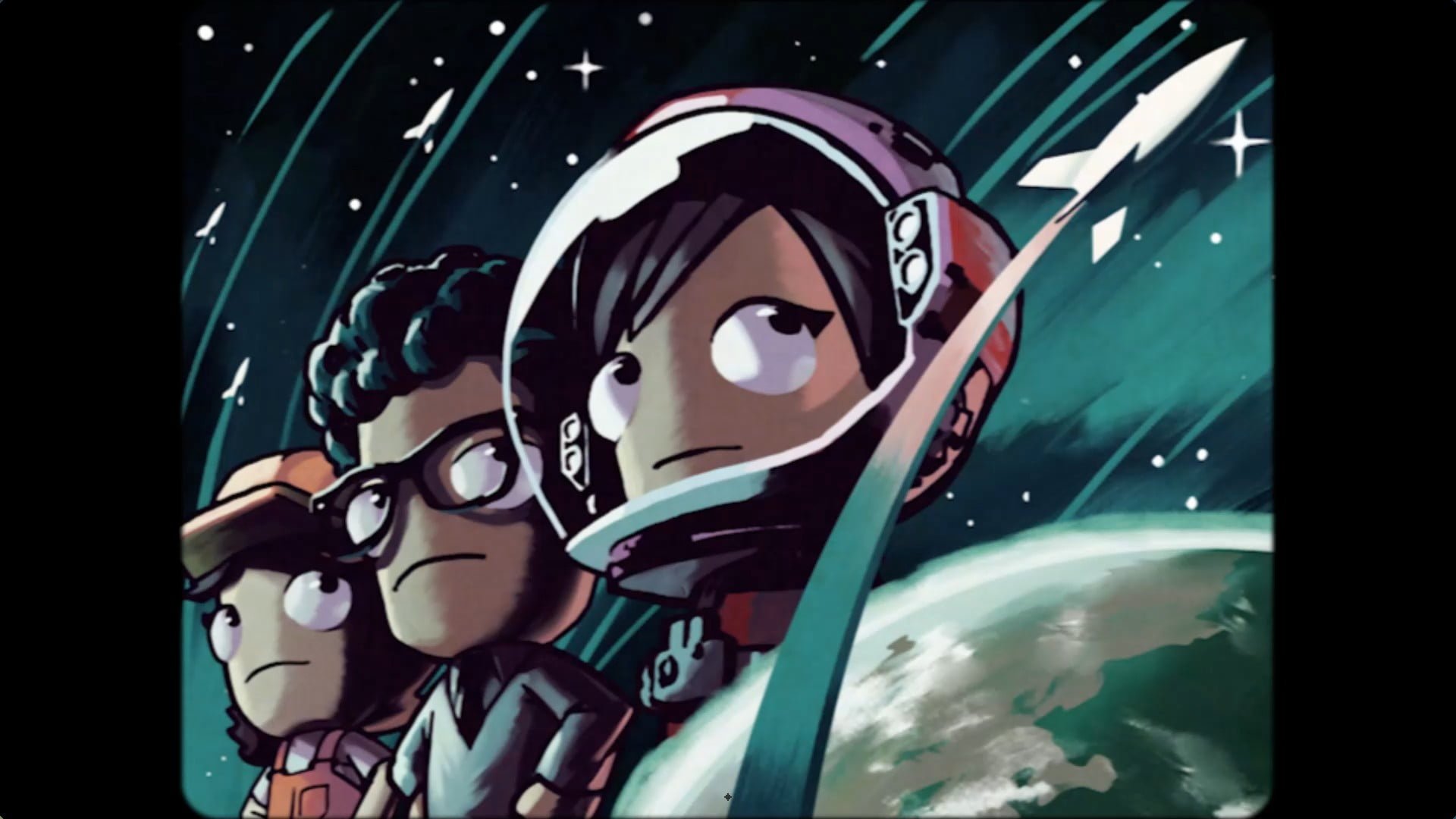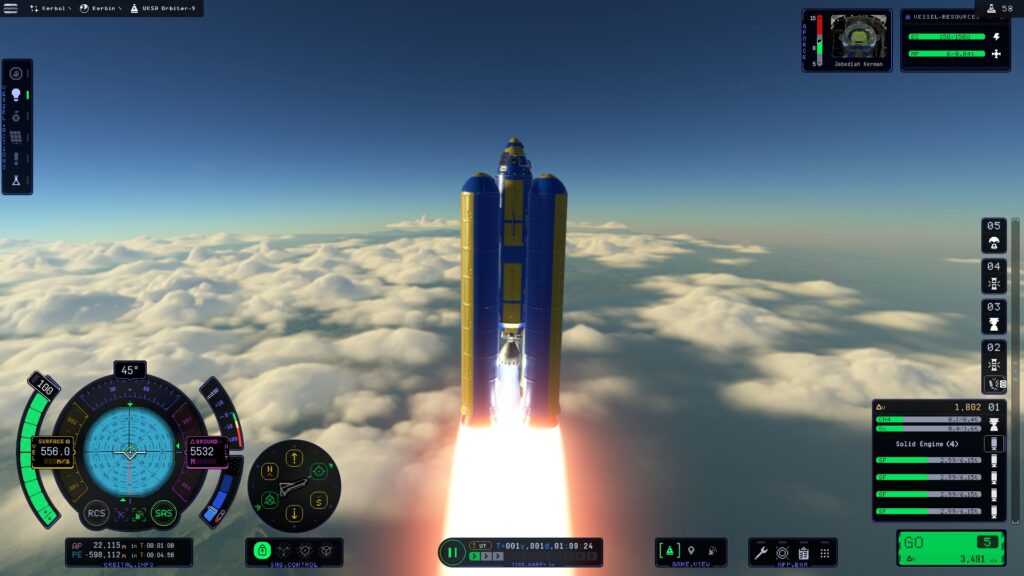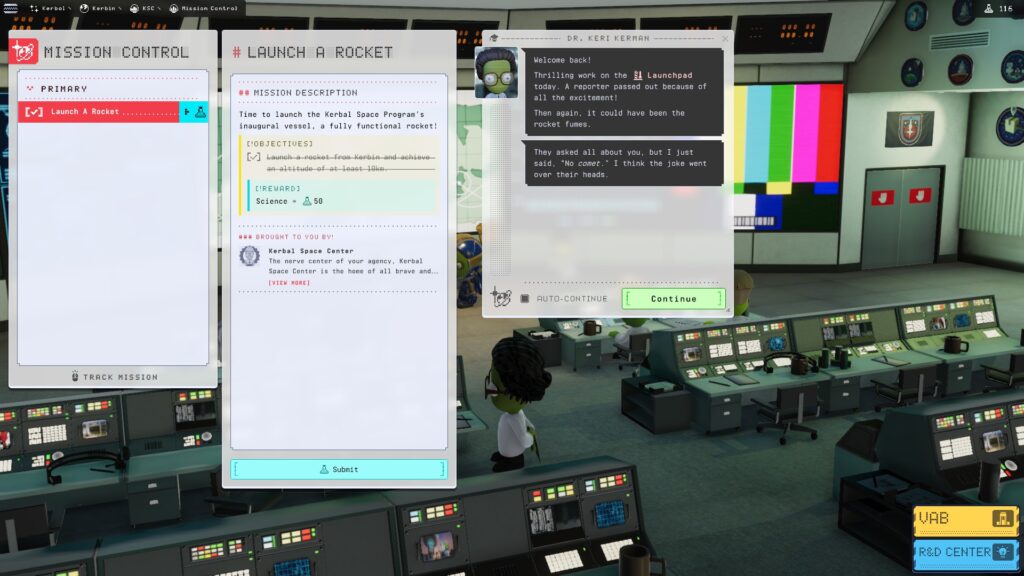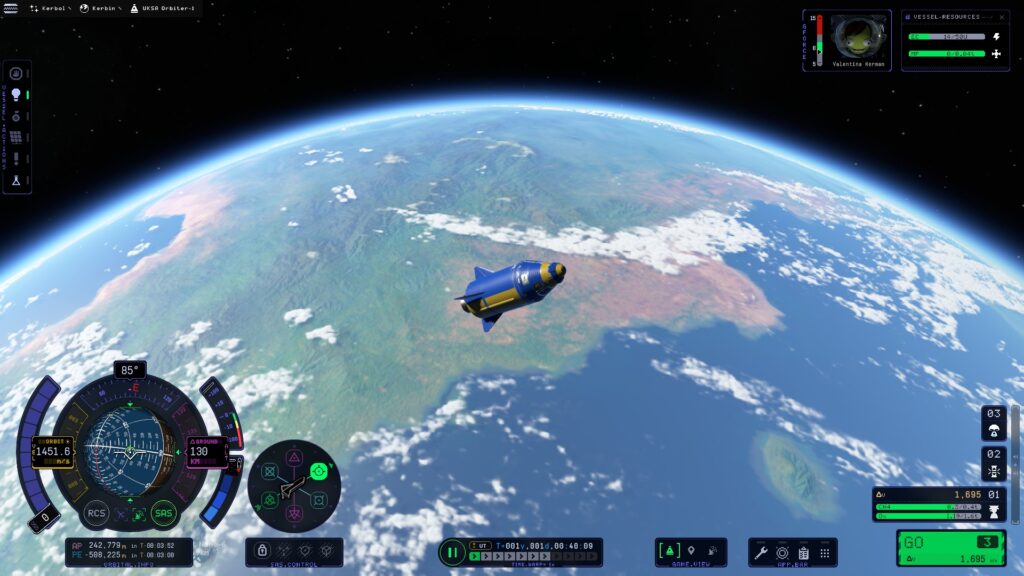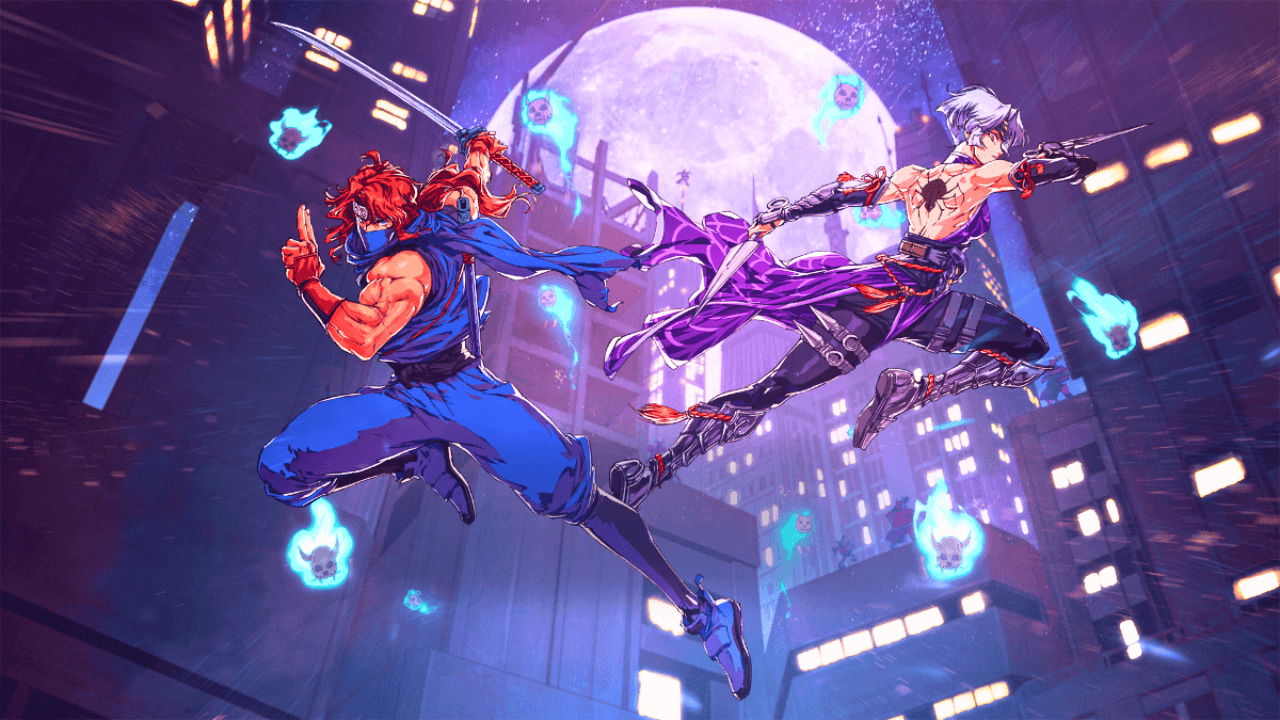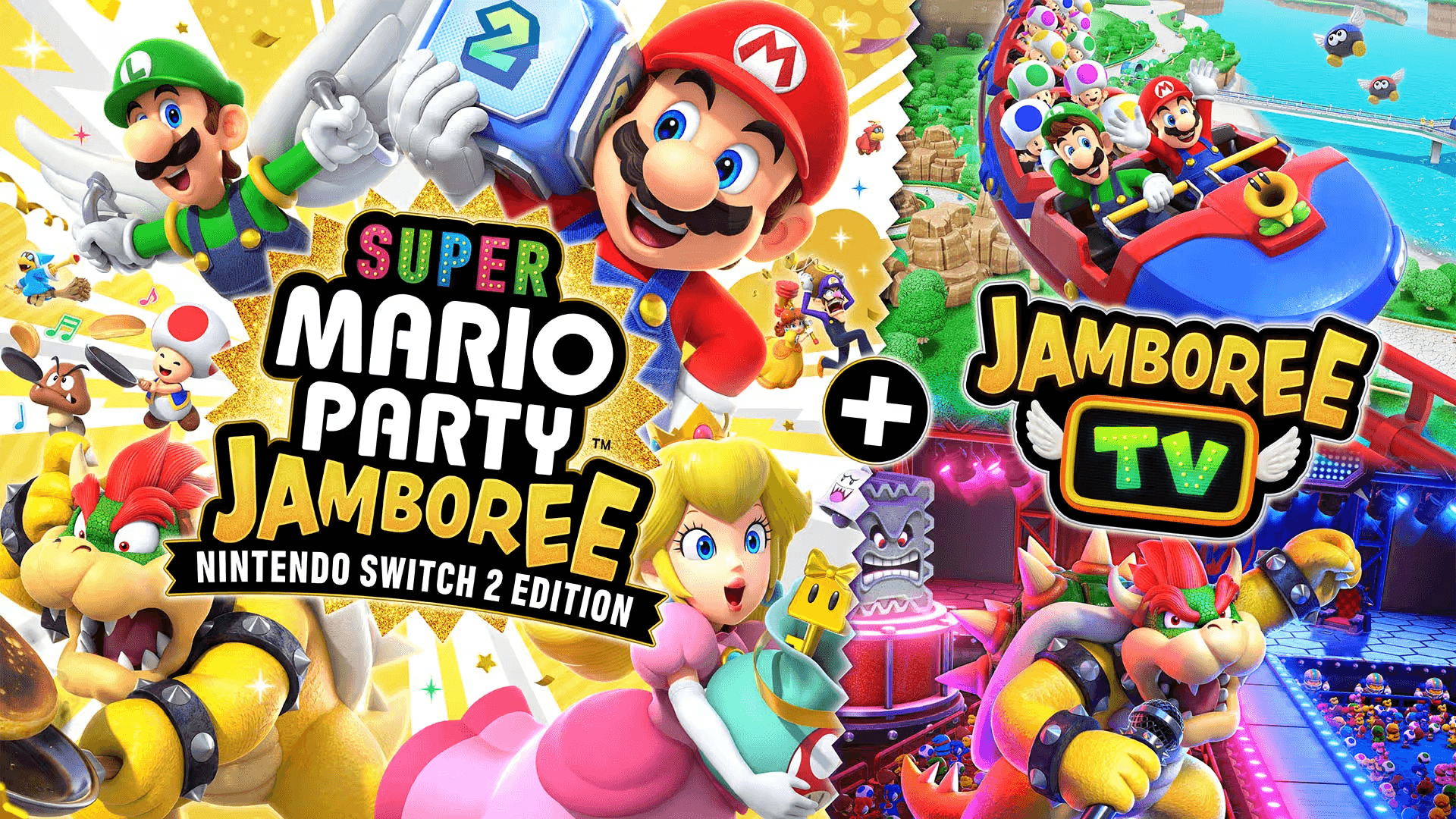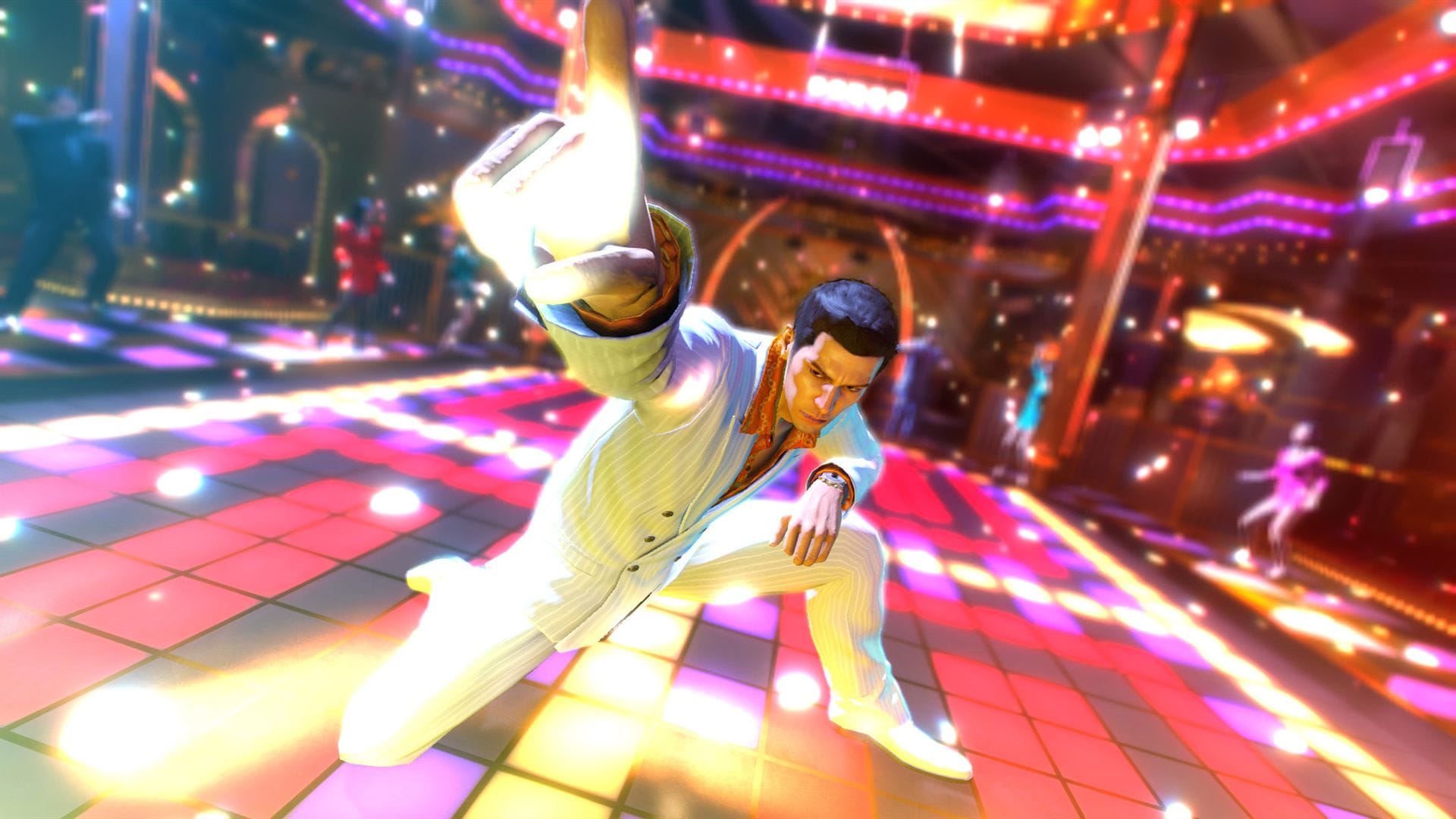A year ago, Kerbal Space Program 2 launched into Early Access, to an overall poor reception. As the sequel to the spaceship building and simulation game which had taken many parts of the Internet by storm, including being a popular game for streaming on Twitch, KSP2 should have been a home-run. But unfortunately, the sequel has been dogged by a somewhat troubled development. In 2017, original developer Squad was acquired by Take Two Interactive, and development on the sequel was assigned to Uber Entertainment, later Star Theory Games. In 2020, Star Theory was wound up and staff transferred over to a new studio, Intercept Games, which continued to work on KSP2.
Originally slated for release in 2021, then 2022 and finally 2023, it was clear that when KSP2 started Early Access, it was still a long way from being done; indeed a long way from being a game which people should necessarily be paying for. The primary complaints where a huge amount of bugs and glitches, as well as many missing features which were present in the original game. The year since then has seen the first major content update, For Science! which adds a new exploration game mode, introducing research and more active objectives to players, rather than just trying to build rockets and land on other planets for their own sake. Today, Kerbal Space Program 2 is much improved since first released, but still needs further work before it will properly make it into orbit.
If you’re not familiar with Kerbal Space Program, the concept is almost the best part. The planet Kerbin is home to the Kerbal civilization; small, green, friendly and go-getting people who are taking their first steps into space. You are placed in control of the Kerbal version of NASA, and tasked with building rockets, trying to reach orbit, and then maybe taking subsequent steps to the stars. Both the original and the sequel follow a very similar format, but the sequel increases the number of planets which can be visited, as well as eventually planning to add features including planetary colonies and interstellar travel. KSP2 comes with a pretty great set of tutorial missions, which nicely guide you through most of the basics.
Part of the joy of Kerbal has always been experimenting with various different rocket designs, and thankfully the Vehicle Assembly Building, where you construct your masterpieces is excellently presented, with a satisfying system allowing parts to snap together, or for you to symmetrically place struts or boosters. The game always strives to be broadly scientifically grounded, especially in staging your rockets correctly, so that the solid fuel boosters fire first, before additional engines and stages separate as you leave the atmosphere. The new Exploration mode gamifies this by allowing you to gradually unlock new spaceship elements at the Research Center, which are unlocked by spending Science points.
Science points themselves are accrued by, as the name suggests, doing science. Main missions are given to you by Mission Control, and involve gradually increasing complexity of requirements, from simply launching a rocket all the way up until an interplanetary voyage. Alongside this there are various types of scientific experiments and observations which can be made, and the research transmitted back to Mission Control. Likewise sometimes you might collect samples of lunar regolith or other minerals, which if you land successfully and safely back on Kerbin can also be turned in.
Another major element which has always been fun but needed careful planning was understanding orbital mechanics. Indeed, I suspect the original game was responsible for teaching a new generation many of the principles which they might have missed in astronomy class. When launching a rocket, achieving a stable orbit is crucial, and then being able to plan manoeuvres to swing out to reach either Mun (the moon) or nearby planets within the Kerbollar system. Orbits are counterintuitive because they require you to move faster to gain greater height, but on the opposite side of the orbit, be it the apoapsis or the periapsis. Thus, you need to make sure you take enough fuel to be able to not only make orbital manoeuvres, but also to get back home at the end of the expedition.
Graphically the game is certainly prettier than the original, but unfortunately despite anti-aliasing set to “high” there are still frequently jaggy edges on lots of geometry. Performance has certainly greatly improved and generally had a solid framerate throughout. There are still some bugs present, with my spaceship suddenly not responding to any movement inputs for no reason, despite having fuel, but broadly speaking there aren’t too many game-breaking ones. Given restarting a mission to tweaking the design of a spaceship is a major aspect of the game, having to occasionally restart due to a bug isn’t too onerous providing you’re saving regularly.
I am certainly interested to see how Kerbal Space Program 2 keeps developing this year, especially with them teasing many of the more science fiction elements of space travel such as journeying to a neighbouring star system. It still needs more polish, and another lick of paint, but the same central core of the game remains just as strong as ever. If you already own the original game it’s probably not worth switching yet, but for new players the more game-y elements of the exploration mode and research missions offer a nice onboarding and difficulty curve. Keep shooting for the stars Kerbal.

